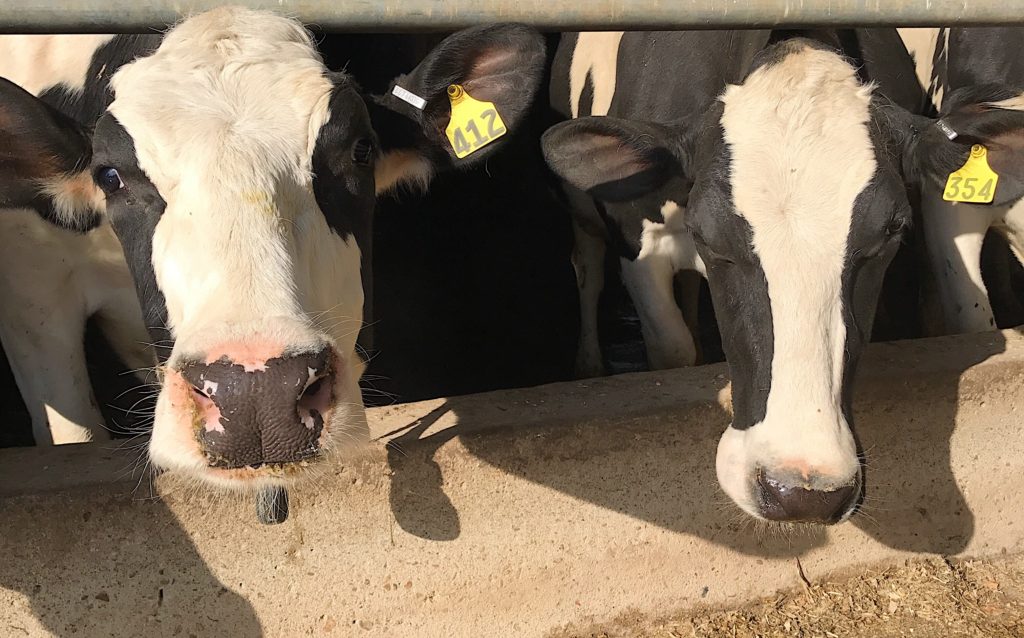Milk vs. Milk Alternatives
You’re at the grocery store for your weekly shopping trip and you get to the milk section. There’s a couple different kinds of milk, and even more kinds of milk alternatives. How do you choose between all of the options?
Milk is loaded with 13 essential nutrients: protein, calcium, vitamin A, phosphorus, vitamin D, idoine, potassium, zinc, selenium, B2, B3, B5, and B12. Just eight ounces of milk include 16% of your daily protein, 25% of your daily calcium, 15% of your vitamin D, 50% of vitamin B12- the list goes on. Milk alternatives, such as almond milk, coconut milk, oat milk, flax milk, etc. have little nutritional value. A huge difference can be seen in protein; one serving of milk has 8 grams, whereas one serving of milk alternatives generally has 0-2 grams.

Ingredient wise, milk has three; milk, vitamin A, and vitamin D. Milk alternatives have lists typically with greater than ten ingredients. A main concern of milk alternatives are the high doses of added sugars. One cup of a sweetened milk alternative can have 10-15 grams of added sugars, amounting to over 50% of the daily recommended sugar intake; however, milk has zero added sugars.
In addition, milk is more cost effective, staying around $0.24 per serving, whereas milk alternatives can range anywhere from $0.40-$1.00 per serving. A much more nutrient dense option at a lower cost? That’s what I’m choosing.
5 Comments
Samantha Kesich
I personally prefer getting alternative milks like almond and oat, but I definitely learned a lot from you pointing out the nutritional value and the cost difference.
sophiegrieser
I’m glad you learned something, but yes, it’s definitely a personal preference!
Tj Bauer
One serving of my oat milk gives me 35% of my daily calcium, and 25% of my vitamin D both are 10 % higher than milk, it also takes less water to produce a gallon of oat milk. Oat milk is very easy to make from home too. Milk alternatives offer just as much if not more nutritional value than cows milk.
sophiegrieser
Hi Tj,
Oat milk is definitely one of the more nutrient-dense milk alternatives. One thing to note is that the nutrients in your oat milk are fortified, whereas the ones in milk are all-natural. In addition, you mention that the calcium levels and vitamin D are 10% higher than in milk. If you’re in need of those nutrients in your diet, that can be a great choice, but milk has 50% more protein and half as many carbs in one serving. It just depends on what you want to incorporate into your diet!
Michael Zawicki
I personally don’t like milk at all unless it is with something. I won’t just drink it so it’s cool to see all of the options and comparisons.